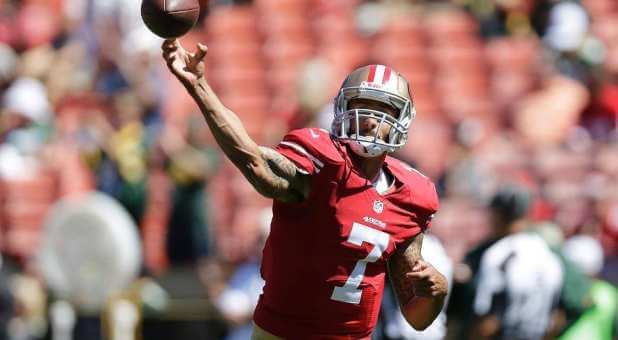The tradition of kneeling in prayer goes at least as far back as Jesus (Luke 22:39) and probably much further. But in today’s context, kneeling can have all sorts of meanings.
“I couldn’t find in the Bible anywhere where it said you had to kneel to pray,” Dr. Mark Sherwood says on a recent episode of the Healthcare’s Missing Link podcast on the Charisma Podcast Network. He points out that a couple of years ago, “a famous football player named Colin Kaepernick decided to begin to kneel in the presence of the national anthem. So in the tradition of sports, pregame, we would raise the flag and play or [have] someone sing the national anthem.”
Kaepernick’s decision, Sherwood says, “generated all kinds of controversy, all the way to the White House—extremely controversial. And to this day, as of the date of this recording, Mr. Kaepernick is still unemployed by the National Football League. Does that have anything to do with him and his kneeling? Who knows? That’s up to the employers of the National Football League now; it’s enough.
“Mr. Kaepernick’s protests were in regard to … the perception of police brutality against African American males,” Sherwood explains. “Now with that said, everybody has certainly a right to peaceful protests, a right to their opinions. And Mr. Kaepernick does too. So you have to respect that.”
Sherwood adds that people took Kaepernick’s kneeling posture as a sign of disrespect. However, he points out, “He could have turned his back on the flag, which clearly would have been a sign of disrespect. When you kneel down, it does not necessarily mean a sign of disrespect.”
To listen to the full discussion on “to kneel or not to kneel,” click here for the entire podcast. {eoa}











































